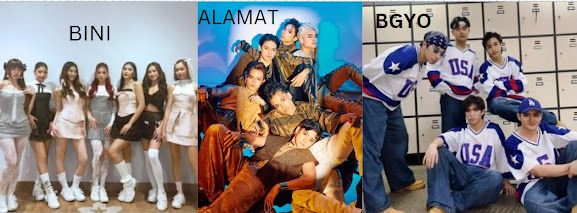In the annals of Philippine history, July 4 holds a dual significance. Known as Filipino-American Friendship Day, or ID4, it marks the day in 1946 when the Philippines gained its independence from the United States. This day was celebrated as the country's official Independence Day until 1964, when the date was moved to June 12, the day the Philippines declared independence from Spain in 1898. But what does ID4 signify for Filipinos today, and how has its relevance evolved over time?
The Historical Context of ID4
ID4 was initially established to commemorate the strong ties between the Philippines and the United States. This relationship began with the end of Spanish rule and continued through the American colonial period and beyond. The then Filipino-American Friendship Day, which was observed on July 4, was initially established to commemorate the Philippines' liberation from Japanese occupation during World War II and the subsequent granting of independence from the United States in 1946. The celebration of independence on July 4 was symbolic of the Philippines' transition from one colonial power to another, and eventually, to self-governance. This date marked the end of a long period of American colonial rule, which began in 1898. For years, July 4 served as a symbol of the strong ties between the Philippines and the United States, a relationship forged through shared history and mutual support.
However, the significance of July 4 as Independence Day was re-evaluated during the presidency of Diosdado Macapagal. In 1962, he signed a law proclaiming June 12 as the official Independence Day of the Philippines. This date commemorates the declaration of independence from Spanish colonial rule by Emilio Aguinaldo in 1898, which was the first time the Philippine flag was unfurled and the national anthem played.
The decision to move the celebration to June 12 was rooted in the desire to honor the country's first assertion of sovereignty and nationhood, which was not fully realized until the departure of colonial powers. It was a move to emphasize the Filipino-led struggle for freedom and to foster a sense of national pride and identity separate from colonial influences. Then President Diosdado Macapagal also adopted the view of historians and political leaders who believed that the foundation date of the nation should be June 12 and that July 4 was merely the restoration of that independence.
The move also came as a result of the U.S. House of Representatives' rejection of a bill that sought an additional $73 million for the Philippines as reparations for the war. This denial caused “indignation among the Filipinos” and a “loss of American goodwill in the Philippines.”
The Celebration of Filipino-American Friendship
During the administration of President Corazon C. Aquino, the practice of celebrating July 4 as both Philippine–American Friendship Day and Republic Day as a non-working holiday was formally abolished. While the official observance of Independence Day has shifted, ID4 remains a testament to the enduring friendship between the two nations. It is a day that celebrates the shared values, mutual support, and cooperation that have characterized the Filipino-American relationship. This bond has been manifested in various forms, from defense treaties to economic partnerships, and cultural exchanges.
The Shift in Perspective
The move to celebrate Independence Day on June 12 was a significant step in reasserting the Philippines' historical narrative. It was an acknowledgment of the country's first declaration of independence and a reclamation of Filipino identity. However, the legacy of ID4 as a symbol of friendship and collaboration continues to be relevant, especially in the context of the Philippines' evolving role on the global stage.
ID4 in Modern Times
Today, ID4 serves as a reminder of the Philippines' complex history and its journey towards sovereignty. It is a day to reflect on the past, celebrate progress, and look forward to the future with hope and determination. For Filipinos, it is an opportunity to honor the sacrifices made by those who fought for freedom and to recognize the importance of building strong international relationships.
Conclusion
ID4 may no longer be the official Independence Day of the Philippines, but its significance to Filipinos remains. It is a day that encapsulates the history of Filipino-American relations and underscores the importance of friendship and cooperation in the pursuit of national interests and global harmony. As the Philippines continues to forge its path in the world, ID4 will always be a part of its historical tapestry, a symbol of friendship that endures.








